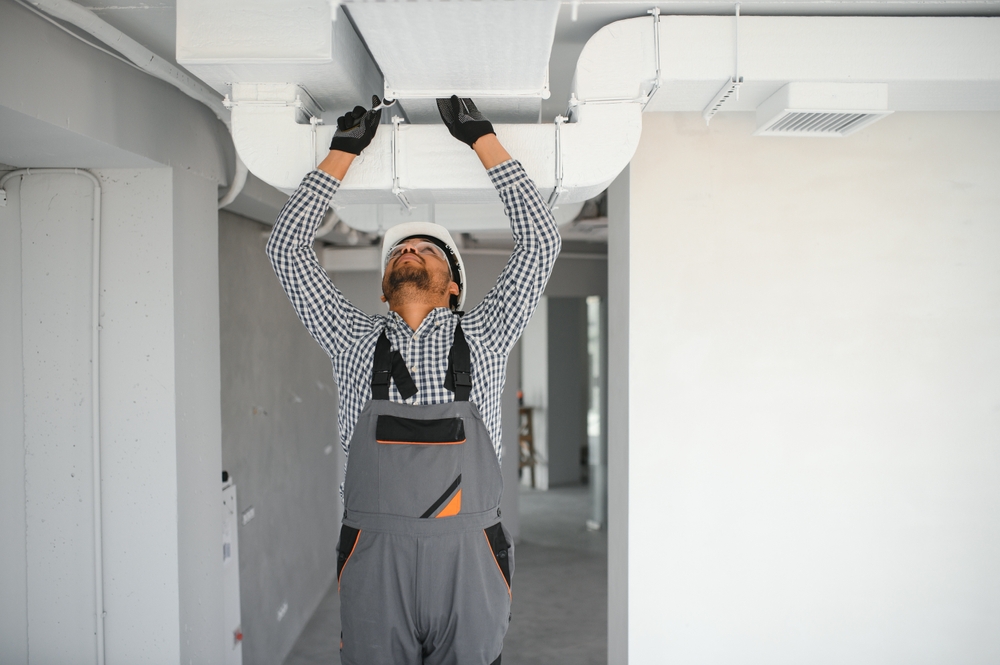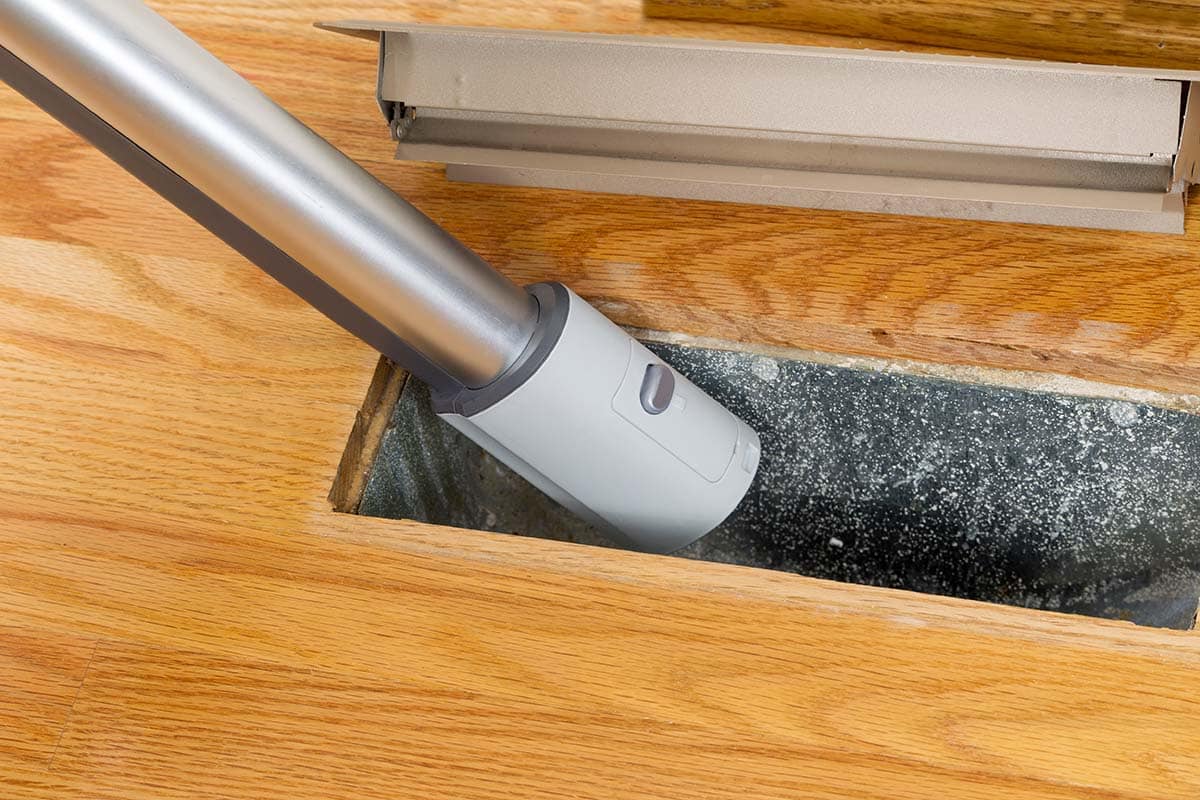The quality of the air we breathe is crucial for maintaining good respiratory health. One often overlooked aspect of indoor air quality is duct sanitizing. When our air ducts are clean, our living and working environments become healthier. This article will explore the significance of duct sanitizing and its direct impact on respiratory health.

Understanding Duct Sanitizing
Duct sanitizing refers to the process of cleaning and disinfecting the air ducts in your home or business. This involves removing dust, debris, and other contaminants that accumulate over time. A thorough sanitization ensures that the air circulating through your HVAC system is clean and safe to breathe.
Why Duct Sanitizing Matters
The air inside our homes can be more polluted than the air outside, primarily due to the accumulation of contaminants in air ducts. Duct sanitizing helps reduce allergens, bacteria, and mold, which can improve air quality and support better respiratory health.
The Impact on Allergies and Asthma
For individuals with allergies or asthma, clean air is essential. Dust mites, pollen, and pet dander can all accumulate in air ducts, triggering allergic reactions and asthma attacks. Regular duct sanitizing can significantly reduce these triggers.
Preventing Mold Growth
Mold thrives in dark, damp environments, making air ducts an ideal breeding ground. Mold spores can easily circulate through the air, causing respiratory issues. By sanitizing ducts, you can prevent mold growth and safeguard your health.
Steps in the Duct Sanitizing Process
Understanding the steps involved in duct sanitizing can help you make informed decisions about your air quality.
Inspection
The first step is a thorough inspection of your air ducts. Professionals look for signs of dust buildup, mold, and other contaminants.
Cleaning
Once the inspection is complete, the cleaning process begins. This involves vacuuming and brushing the ducts to remove dust and debris.
Sanitization
After cleaning, a sanitizing solution is applied to kill bacteria and mold. This step ensures that the air circulating through your ducts is free from harmful contaminants.
Choosing a Professional Duct Sanitizing Service
It is important to select a reputable service provider for duct sanitizing. Look for companies with certified technicians and positive reviews. You can learn more about choosing the right company here.
Frequency of Duct Sanitizing
Experts recommend duct sanitizing every 3 to 5 years, depending on your location and usage. Homes with pets or smokers may require more frequent cleaning.
Benefits Beyond Respiratory Health
While improving respiratory health is a significant benefit, duct sanitizing also offers other advantages.
Energy Efficiency
Clean ducts allow your HVAC system to work more efficiently, reducing energy consumption and saving you money on utility bills.
Odor Reduction
Over time, air ducts can develop unpleasant odors. Duct sanitizing removes the source of these odors, leaving your home smelling fresh.
DIY vs. Professional Duct Sanitizing
While some may attempt DIY duct sanitizing, it is typically best left to professionals. They have the equipment and expertise needed to thoroughly clean and sanitize your ducts. For DIY tips, you can refer to this guide.
Safety Concerns
Attempting to clean your ducts without proper knowledge and equipment can lead to damage or incomplete cleaning, which may worsen air quality.
Conclusion
In conclusion, duct sanitizing plays a crucial role in maintaining respiratory health and improving indoor air quality. By investing in regular duct cleaning, you can protect your health, save on energy costs, and create a more pleasant living environment.

FAQs
What is duct sanitizing?
Duct sanitizing is the process of cleaning and disinfecting air ducts to remove dust, mold, and other contaminants.
How often should I sanitize my ducts?
Experts recommend sanitizing your ducts every 3 to 5 years, but homes with pets or smokers may need more frequent cleaning.
Can I sanitize my ducts myself?
While it is possible to attempt DIY cleaning, it is generally best to hire professionals to ensure thorough cleaning and safety.
This article contains affiliate links. We may earn a commission at no extra cost to you.